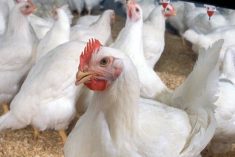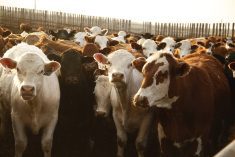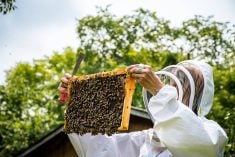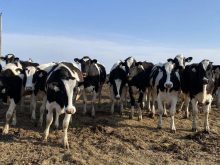Proposals to modernize Canada’s food safety inspection rules will once again be the subject of cross-country public consultations by the Canadian Food Inspection Agency.
CFIA will hold a consultation running to April 21 to gather food industry and consumer reaction to the draft regulations it posted in the Canada Gazette Jan. 21. Then it will consider all the input, and then start drafting a final version of the regulations to implement the Safe Food for Canadians Act enacted in 2012 by the Harper government.
Susan Abel, vice-president of food safety and compliance with Consumer & Food Products Canada, said that “80 per cent to 90 per cent of proposed relations are pretty decent work. CFIA did an impressive amount of pre-consultation on the regulations.”
Read Also
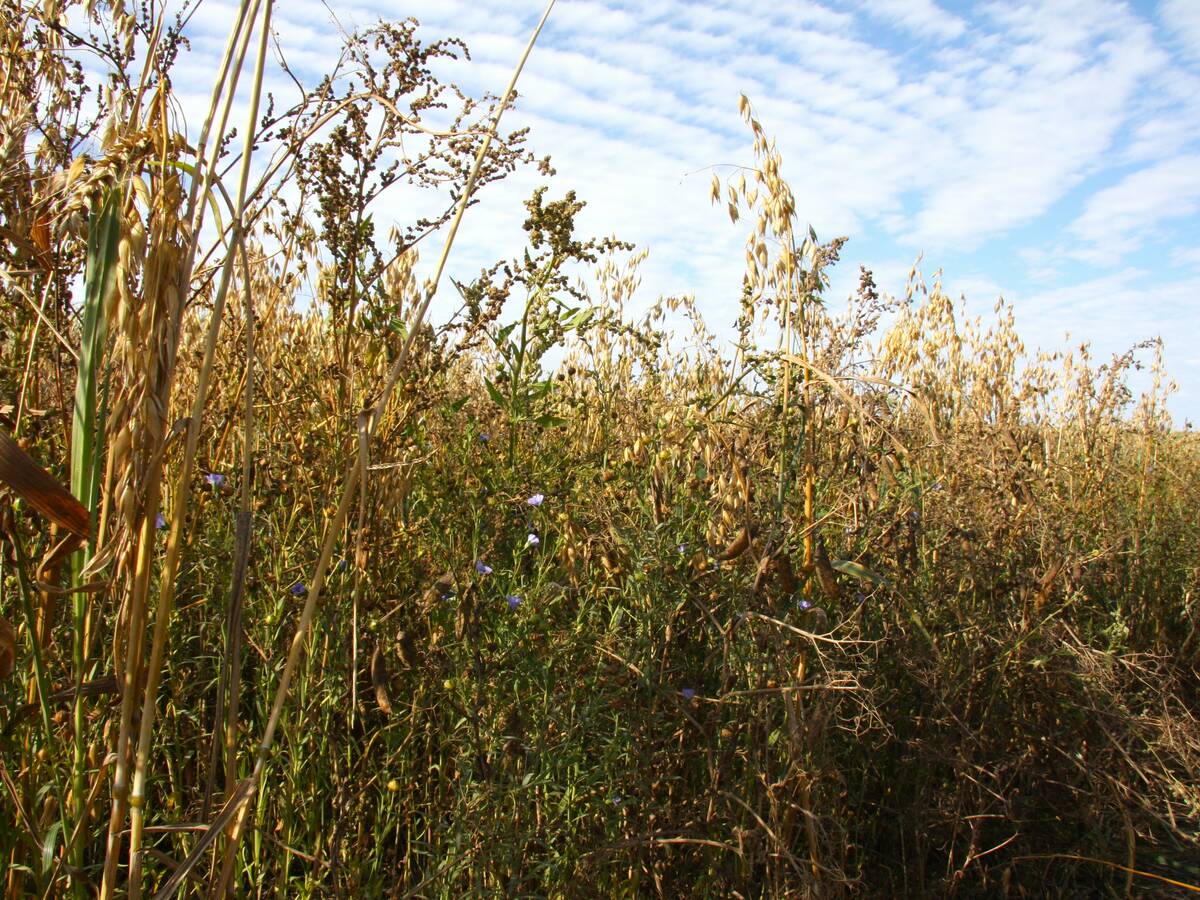
PepsiCo nearly doubles regenerative scope
Another 240,000 farm acres managed through regenerative agriculture will be supported by PepsiCo across Manitoba and Saskatchewan by the end of 2025.
“They’re trying to accomplish in 100 pages what the U.S. Food and Drug Administration did in 1,000 pages on its food safety modernization,” she said. “It is clear that they understand the need to replace our outdated patchwork approach to regulation with regulations that are consistent and in plain language. Because of CFIA’s upfront consultations, much of the new regulations are more closely in line with best industry practices and internationally recognized food safety systems which we endorse.”
Albert Chambers, president of the Canadian Supply Chain Food Safety Coalition, said that while the proposed regulations are similar to those made in 2015, “at least we have the regulatory process up and running again under a new government.”
“There are positive moves here and the agency is moving in the direction the government supports,” he said. “Hopefully CFIA will use this consultation to deal with the industry’s wish to move to more international food safety standards.”
Chris Kyte, president of Food Processors of Canada, said he’s concerned the changes will “make it easier for Americans to ship into Canada than it is for our companies to ship south. The Americans are blessed by a whole bunch of benefits that Canada is lacking. Generally all inputs are lower in the U.S. Their subsidy programs are better and they apply their laws at the border whereas Canada has a complaint-based enforcement system so, what few regulations we have levels the playing field.”
The Safe Food Act is intended to consolidate and update 13 sets of safety regulations on domestically produced and imported foods, most of which date back to before the agency’s formation in 1997. While the regulations could come into force by the end of 2017, past performance suggests this initiative will spill into 2018.
The regulations will keep Canada in line with international food safety standards so that Canadian food exporters have access to foreign markets and remain competitive internationally, CFIA said in a backgrounder.
Among the changes the regulations will trigger are all food importers will have to be licensed with CFIA. Traceability will be expanded to match the international Codex Alimentarius standards, which will help track products suspected in foodborne illness outbreaks.
Foodborne illness causes about four million illnesses annually, which results in approximately 238 deaths and 11,600 hospitalizations, the backgrounder said. That amounts to an annual economic cost to Canadians of at least $2.8 billion.
Abel said the parts of the regulations that concern CFPC can hopefully be improved during the consultation period. In general, she says the provisions don’t reflect existing best practices or align with Codex and other internationally recognized food safety standards.
“For example, Canada will now require that all food companies that sell food across provincial boundaries, import, or export, must have written instructions that are regularly reviewed that explain how that food company meets these regulations,” she noted. “We believe that the draft regulations could be clearer on what is actually required in a preventive control program.
“We want the food we sell to be as safe as possible,” she said. “The thrust of the CFIA regulations is outcome based. We want the agency to understand there are many different ways to be safe. As long as what you produce is safe.”
The food industry has tried to convince CFIA to set standards food companies are to achieve and then make sure they’re doing it. “You can’t inspect to catch everything,” Abel said.
Chambers said his group wants to present its package of proposed changes to the regulatory package by the end of next month and then engage CFIA “in a serious discussion about what we need to improve the package. Adopting international standards is vital to enabling Canadian companies to sell their products globally.”
The food industry has been trying to shift CFIA from a highly prescriptive approach to food safety inspection to one that clearly sets what levels companies are expected to reach, and then checking them to ensure they are.
This “walk-the-talk approach” will force both the agency and the industry “to up their games in improving food safety practices.”
The backgrounder didn’t differentiate among illness caused by unsafe foods and improper food handling and preparation in homes and restaurants.




